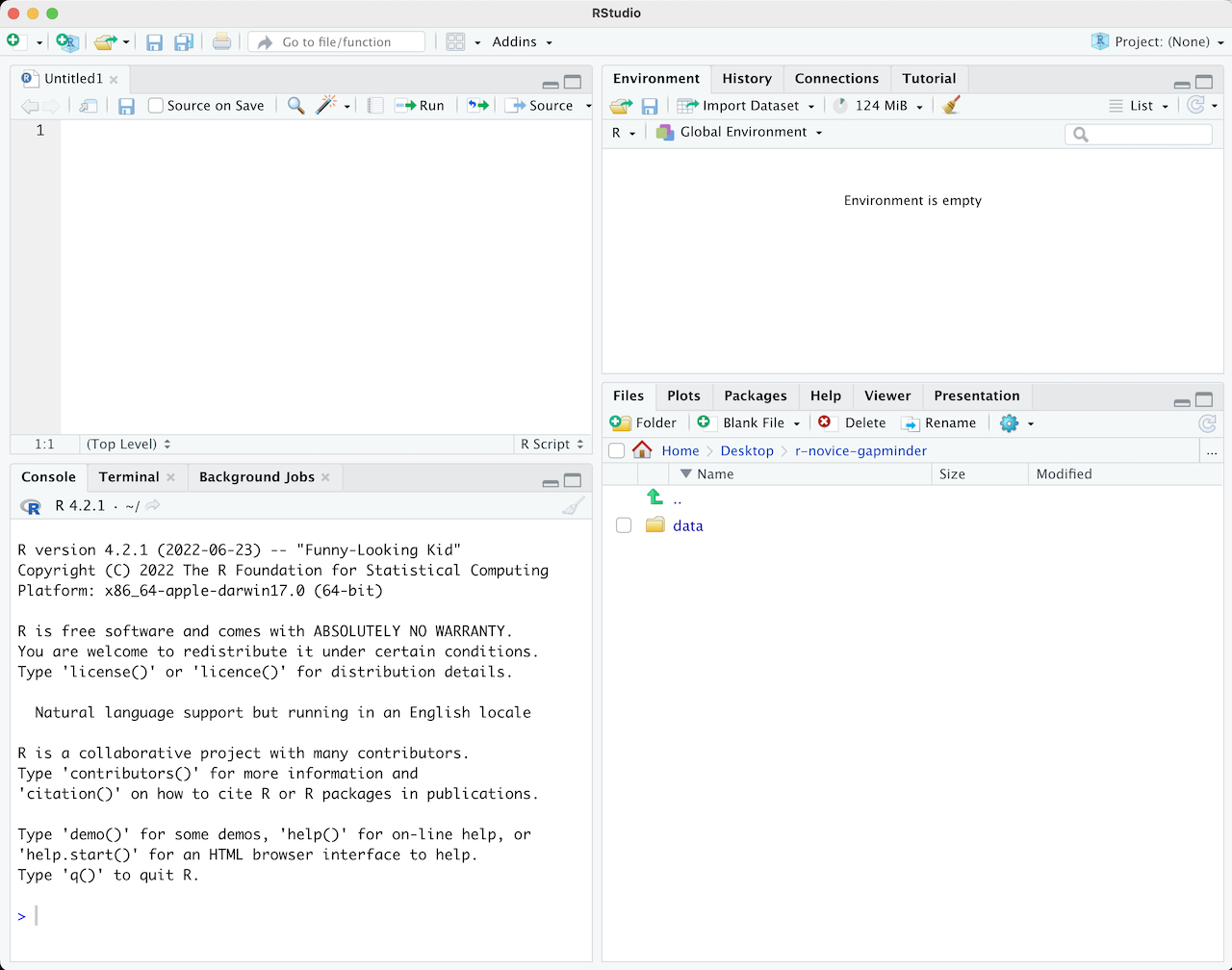


Selecting the necessary topic, we'll open the page with all the R packages relevant to that category, as well as an exhaustive description of usage for each of them.

Here, we find a convenient list of task categories (topics) and a brief description of each. If we're unsure which R module to use for a certain data science task, we can visit the CRAN Task Views page. In this case, we need to apply first the c() function to create a character vector containing all the desired packages as its items: install.packages(c('readr', 'ggplot2', 'tidyr'))Ībove, we've installed three R packages: the already-familiar readr, ggplot2 (for data visualization), and tidyr (for data cleaning). We can use the same function to install several R packages at once. Make sure that the name of the package is in quotation marks. Here, we've installed the readr R package used for reading data from the files of different types: comma-separated values (CSV), tab-separated values (TSV), fixed-width files, etc. To install an R package from CRAN, we can use the install.packages() function: install.packages('readr') Most often, you'll use this repository to install various R packages. The Comprehensive R Archive Network ( CRAN) repository stores thousands of stable R packages designed for a variety of data-related tasks. Installing R Packages from the CRAN Repository To start working with the packages in R, we first need to install them. This popularity is because R offers an impressive choice of data science-oriented packages, which are collections of methods for implementing specific functionality not included in basic R. R is a programming language for statistical computing, especially efficient for performing data science tasks. But before we can put its packages to work, we need to install them. R is a powerhouse programming language with many data science applications.


 0 kommentar(er)
0 kommentar(er)
